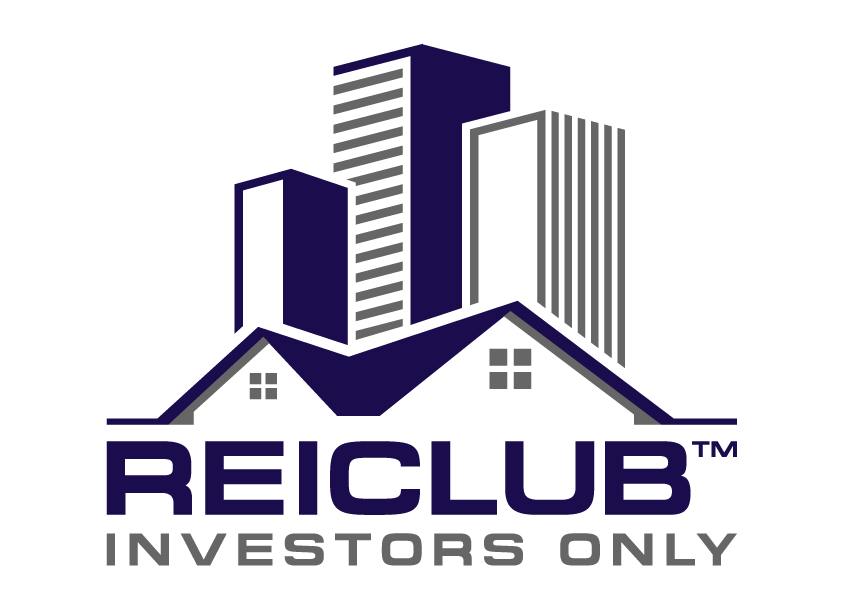As the worldwide population grows older, there's been a significant uptick in need for elder care services, leading to noticeable shifts across multiple sectors, real estate being one of them.
Here we explore how the growing need for elder care services is transforming the real estate industry, the types of properties experiencing increased demand, and the potential future developments in this area. We also examine these changes' economic and social implications on individuals, communities, and businesses.
The rising demand for elder care services
In the United States, the population of individuals aged 65 and older is projected to nearly double from 52 million in 2018 to 95 million by 2060, representing nearly one-quarter of the total population. This demographic shift has increased demand for elder care services, including assisted living facilities, nursing homes, and in-home care.
According to the National Investment Center for Seniors Housing and Care (NIC), the occupancy rate for senior housing properties in the United States reached 83.2% in the first quarter of 2023. This high occupancy rate indicates a strong demand for these types of properties. A growing preference among seniors for aging in place has led to an increased demand for home health care services. A study by the American Association of Retired Persons (AARP) found that 76% of Americans aged 50 and older would prefer to remain in their current homes as they age. And the elder population is growing explosively in states with warmer climates and lower taxes, like Florida, Arizona, and Texas.
Adapting to the demand: The real estate industry's response
The real estate industry has adapted to accommodate this shift in response to the rising demand for elder care facilities. Developers are focusing more on creating purpose-built senior living communities that cater to the unique needs of older adults. These communities often provide a mix of housing options, including independent living units, assisted living facilities, and nursing homes.
Some developers are repurposing existing buildings, such as hotels and office spaces, into senior living facilities. This conversion meets the growing demand for elder care and addresses the issue of underutilized or vacant properties in urban areas.
For instance, St. Charles Hospital in Aurora, Illinois, operated as a skilled nursing facility until it shut down in 2010. In 2017, Evergreen Real Estate Group invested $24 million to repurpose the building into Aurora St. Charles Senior Living. It converted the original facility into 60 studio, one-bedroom, and two-bedroom apartments for seniors. While this approach offers more senior living overall, it doesn’t help address the need for more specialized care facilities.
Properties experiencing growth in demand
The most significant growth in demand is seen in assisted living facilities and memory care units. Memory care units, which cater to residents with Alzheimer's or other forms of dementia, have also experienced a surge in demand.
A 2020 report by the Alzheimer's Association revealed that approximately 5.8 million Americans aged 65 and older were living with Alzheimer's dementia, projected to reach 14 million by 2060. As the number of people affected by dementia increases, so does the need for specialized memory care facilities.
Senior living construction continues to rise despite increased costs due to interest rate hikes and supply costs. Senior Housing News reports the cost per gross square foot to build a mid-level independent living community without site work in Q2 2022 ranged from $196 to $236, compared to $183 to $216 in August 2021. Increasing construction costs will undoubtedly make it more difficult to meet demand, as more specialized facilities are more expensive to build and maintain.
Future trends in elder care and real estate
As the aging population continues to grow, we can expect several trends to emerge at the intersection of elder care and real estate. First, the demand for senior living communities offering a range of care options will likely increase. This will give older adults the flexibility to transition between different levels of care as their needs change.
The concept of “aging in place” – allowing seniors to remain in their homes for as long as possible – will continue to gain traction, increasing demand for home modifications and retrofitting services. This could include installing accessibility features such as ramps, wider doorways, and grab bars or creating multi-generational homes where families can live together while still maintaining privacy and independence.
Technology will play a crucial role in shaping the future of elder care and real estate. Innovations such as telehealth, remote monitoring systems, and smart home technologies can help seniors maintain their independence while ensuring their safety and well-being.
Economic and social implications
The growing demand for elder care services and its impact on the real estate industry has far-reaching economic and social implications. On the one hand, developing senior living communities and facilities creates jobs and stimulates local economies.
On the other hand, the rising cost of elder care can financially strain individuals and families. According to Genworth's 2021 Cost of Care Survey, the median annual cost for a private room in a nursing home in the United States was $108,405, up 2.41% from 2020. The high cost of care can lead to increased reliance on government programs like Medicare and Medicaid, placing additional pressure on public resources.
From a social perspective, the shift towards specialized elder care facilities may isolate older adults from their families and communities. However, developing multi-generational housing and promoting aging in place can help address this issue by fostering stronger connections between seniors and their loved ones.
Demographic shift means more demand for construction, repurposing, and healthcare workers
The growing demand for elder care services undeniably impacts the real estate industry, with developers adapting to create senior-specific properties and communities. As the trend continues, we can expect further changes in the types of properties in demand, the incorporation of technology in elder care, and the economic and social ramifications of these shifts. By understanding these developments, we can better prepare for the challenges and opportunities that lie ahead in elder care and real estate.





We love your feedback and welcome your comments.
Please post below: